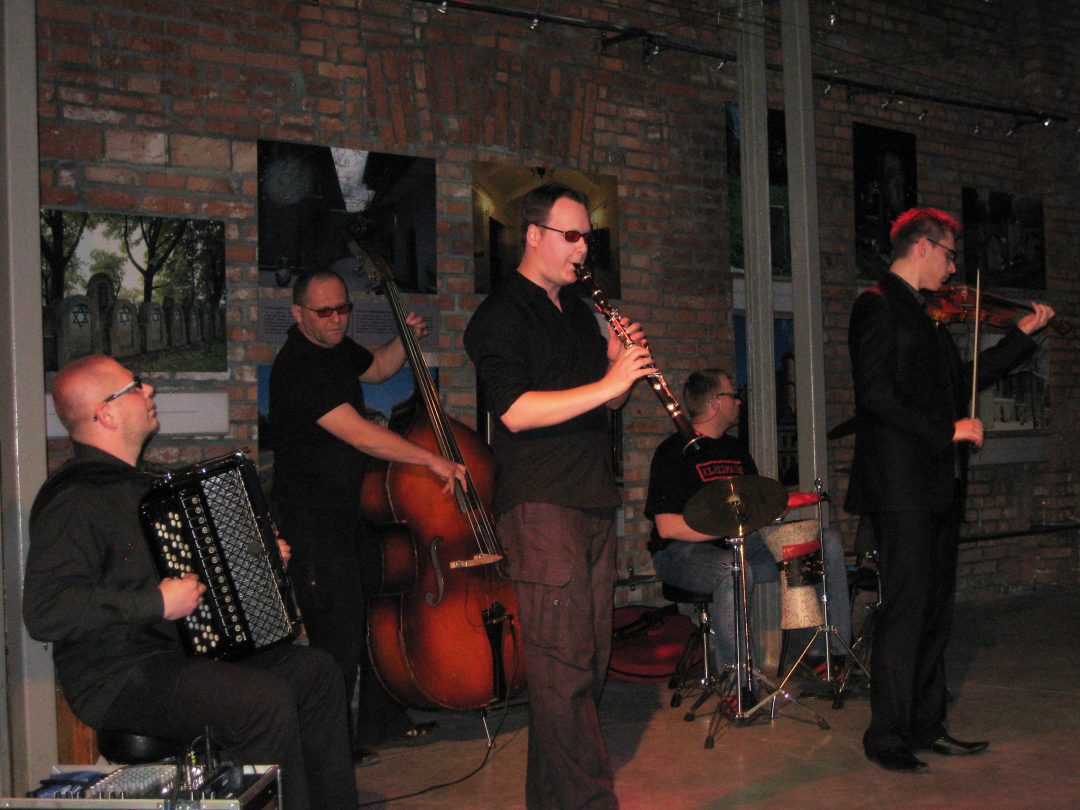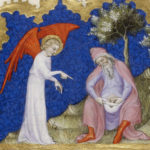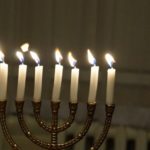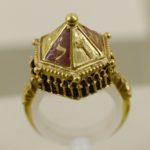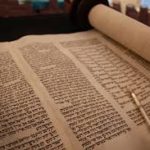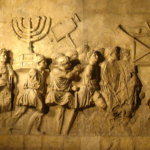“Make a joyful noise unto the Lord”
The Jewish people have always taken this phrase very seriously. While there are not typically choirs found in a Jewish service – only the most liberal of congregations employ organists and choirs to provide music; the services are filled with the sounds of music. Even the daily and weekly parsha – Torah portions – is sung or chanted. Anyone learning to recite the Parsha whether it be the Cantor, Rabbi, Bar/Bat Mitzvah, or layperson not only do they learn the words – which are in Hebrew – but they must also learn the proper notes known as the trope.
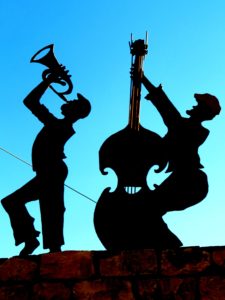
Besides the Torah chanting and songs even the prayers are chanted during a service. To a stranger who entered a synagogue during service would likely be somewhat confused by the “noise”. The “noise” is only each person reciting the prayers aloud at their own pace. For a devout male who has been reciting the prayers since the age of three or four years old, by the time he reaches adulthood this recitation can occur rather quickly to where it sounds more like loud murmuring.
Chasidic Jews
In the eighteen hundreds, Eastern Europe gave rise to a sect of very devout Jews known as Chasidic Jews. Known more for their long side curls, big hats, and long black coats the Chasidic Jews really took to heart the idea of singing and dancing. For a Jew, especially the very devout, there is no distinction between religious services and daily life. Judaism is a way of life where the laws of the Torah and Talmud dictate every aspect of life.
As a result, the Chasidic people began to bring the music from outside into their daily lives. For a Jew, something as simple as a Sabbath meal is grounds for a celebration with singing, music, and even dancing.
As the Jewish people moved away from their Eastern European homes seeking new places of freedom they brought their ways and music with them. The music became known as klezmer music. The word Klezmer came from the original Hebrew. Klezmer – musical instrument – now represents a style of music. Characterized by the music that originally came from Eastern Europe by a small band consisting of an accordion, horns, strings, and sometimes percussion.
Jewish Music Today
Today any music that resembles the old sound of Eastern Europe whether it has any Jewish content or not is still called klezmer – or Jewish music. Klezmer music is also frequently interchanged with the teen Yiddish music. Many modern klezmer bands sing little if any song in Yiddish and when they do it’s the old traditional tunes taught from childhood. Often time s the singer has no knowledge of the translation.
In “the old country” Hebrew was reserved for the synagogue only and Yiddish was spoken on the street. One Jew could talk to any other Jew no matter what country he was from.

